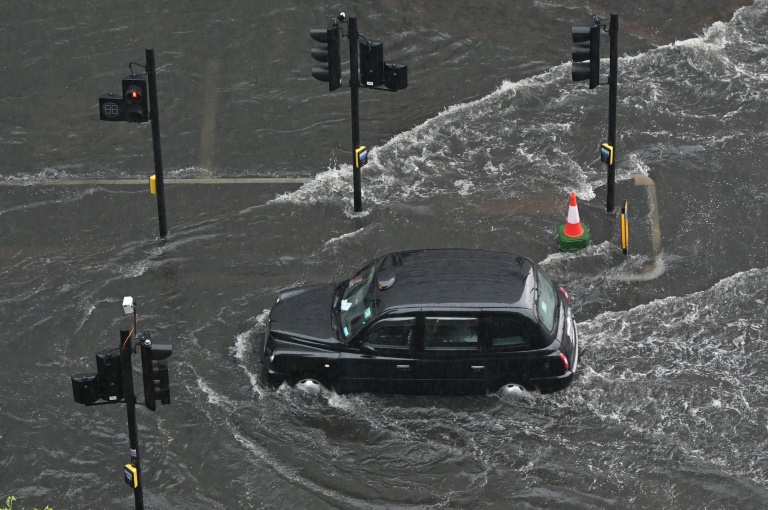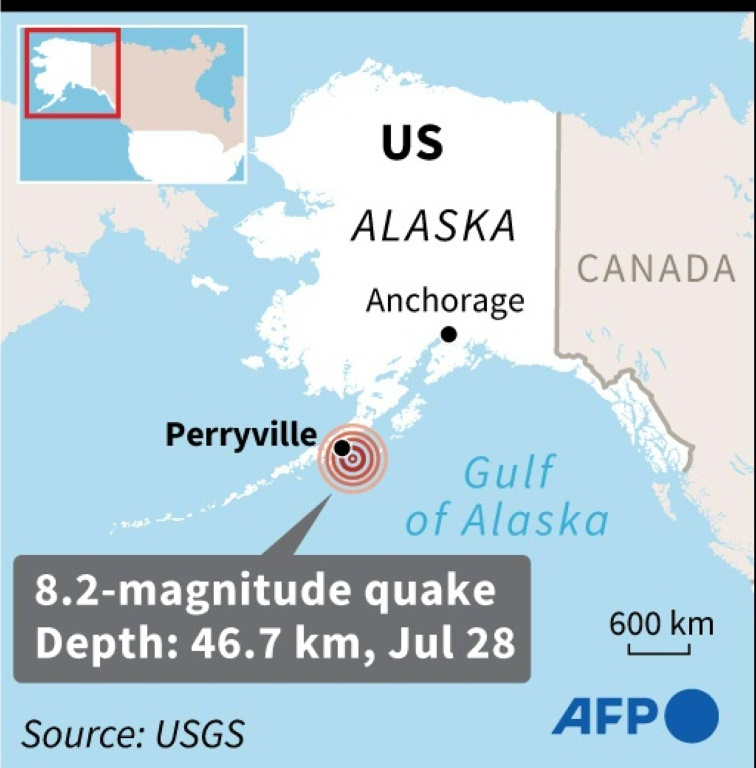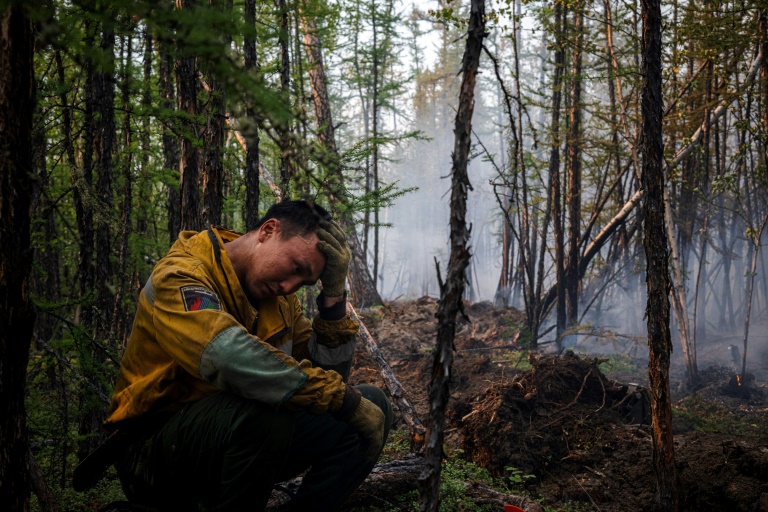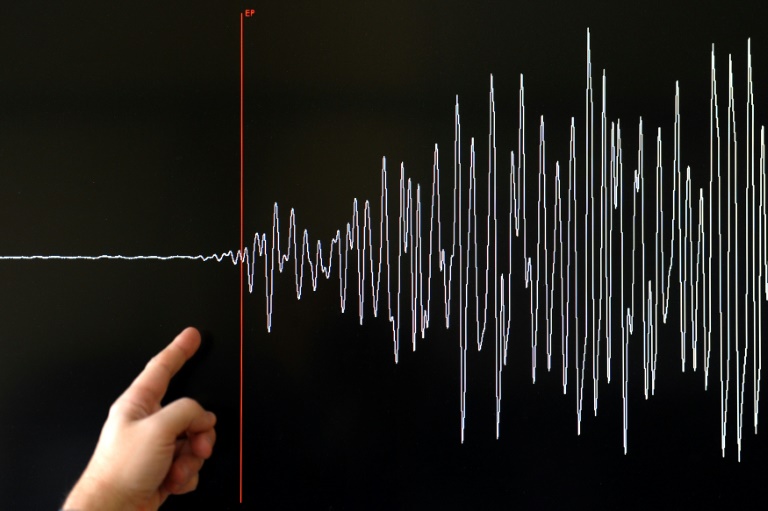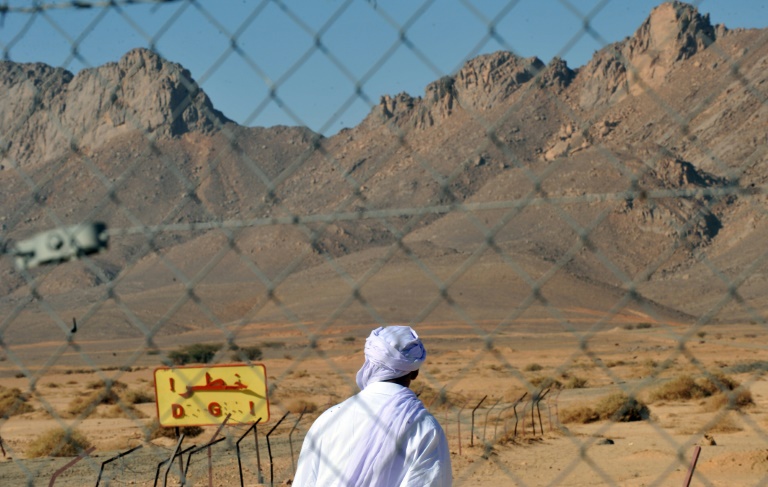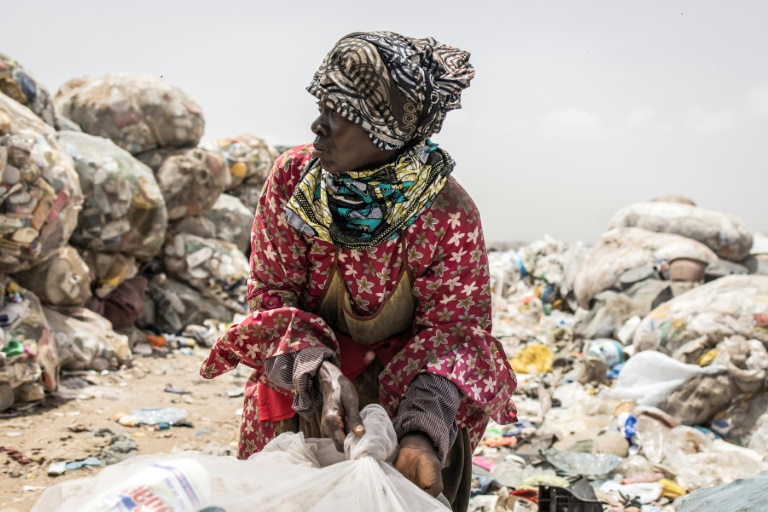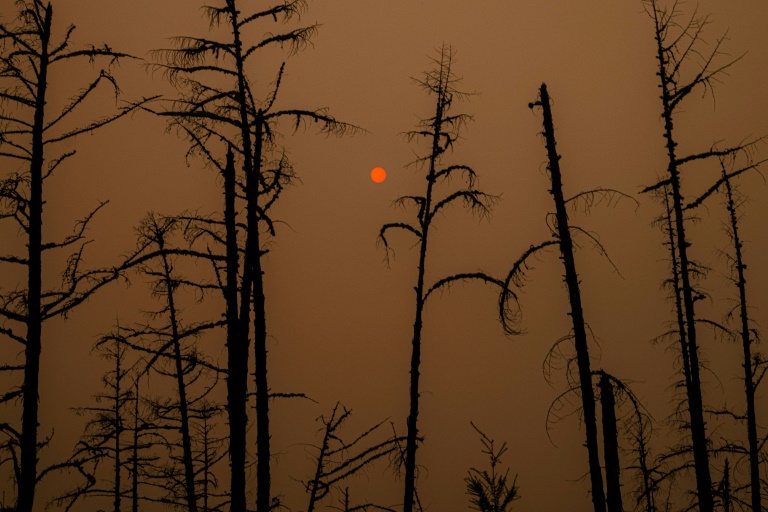UK warmer and wetter due to climate change: study
Britain has become warmer, wetter and sunnier this century due to climate change, an annual report by leading meteorologists said Thursday, prompting warnings of record summer temperatures in future decades.
The study — the State of the UK Climate 2020 — found that last year was the third warmest, fifth wettest and eighth sunniest on record in the UK.
It was the first time that a single 12-month period has registered in the top 10 for all three variables.
The trend has already led to increasingly extreme weather, as Britain’s temperatures rise “slightly above” the global mean, the report said.
Lead author Mike Kendon, of the National Climate Information Centre (NCIC), said it was “plausible” the country could regularly hit summer temperatures above 40 degrees Celsius (104 Farenheit) by 2040, even with climate change mitigation policies.
The UK’s highest temperature ever recorded is 38.7C, set in July 2019.
“We’re already seeing climate impacts globally and in the UK from our changing climate and, clearly, those are set to continue,” Kendon told BBC radio.
“We’re already locked into climate change over a long period of time into the future.”
The report revealed that 2020 was the UK’s third warmest year since records dating back to 1884, with all the top 10 hottest having occurred over the last two decades.
The decade since 2011 has been on average 0.5 degrees Celsius warmer than the 1981–2010 average and 1.1 degrees hotter than 1961–1990.
Alongside rising temperatures, Britain has been on average six percent wetter over the last three decades than the preceding 30 years.
Six of the 10 wettest years since 1862 have occurred since 1998.
Just last week, flash flooding in London and southeast England followed a scorching mini-heatwave when temperatures climbed to above 30C.
The Met Office earlier this month also issued its first ever “extreme heat” warning.
Professor Liz Bentley, chief executive of the Royal Meteorological Society — which publishes the annual report in its International Journal of Climatology — painted a grim picture of extreme weather in the future.
“These (heatwaves) are just going to become much more intense — we’re likely to see 40 degrees in the UK,” she said.
“As we hit 1.5 degrees of global warming, that’s going to not just become something that we see once or twice, it’ll start to become something that we see on a much more regular basis.”

